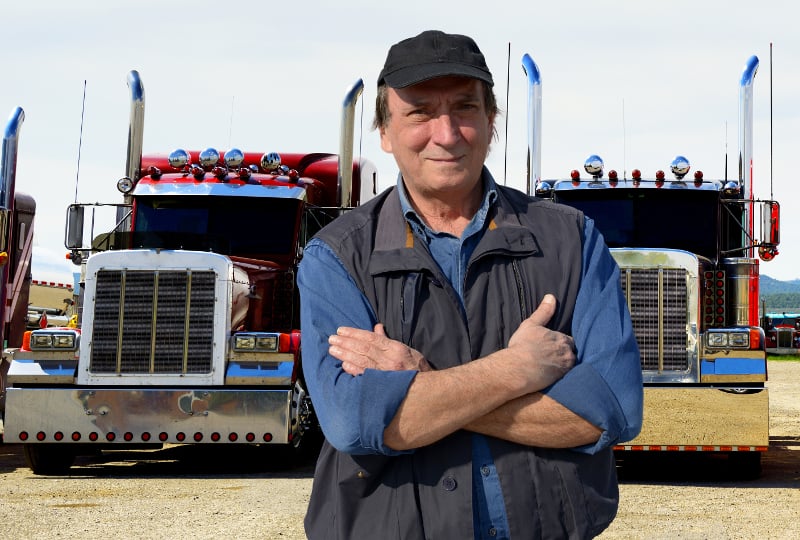Anyone interested in getting into the trucking business under their own authority is often hit with a harsh reality when they try to get insurance. A $10,000 or more bill is common for one year of coverage and in some cases, can even stymie efforts to get into the business.
According to Ashley Hammonds, senior vice president of sales at Reliance Partners, there have been some recent incidents of new venture insurance coming in under $10,000, but generally most policies are in the $10,000 to $15,000 range. There are some instances of the policy approaching $24,000, he says.
So why is new venture insurance so expensive and, more importantly, is it something that every trucking company needs?
The second part of that question is easy. New venture insurance is for those companies with new operating authority, although even someone that has many years of experience could be required to obtain new venture insurance if there has been a break in coverage, i.e., you took 3 years off and came back to trucking.
Like most insurance policies, the first part of that question has many answers. For one, not many companies provide new venture insurance, viewing it as a more significant risk due to the lack of data on the new trucking company.
“New ventures tend to fit in a smaller box,” Hammonds says. “There are fewer companies interested in them. For instance, there may be five markets for new venture insurance but 35 markets for an established company.”
That lack of competition drives up prices, he says. “There’s always a lot of variables,” Hammonds notes. “Trucking companies may look the same, but what they haul, where they haul it, can be different.”
Insurers tend to like more consistency. If a trucking company is hauling the same commodity over the same route, there is more familiarity with the roads and statistically less risk.
Before deciding whether to insure a new trucking company or not, an underwriter will review the owner/driver’s driving history, also location of the business and age of the vehicle.
“A lot of people feel [reviewing vehicle age] is crazy, but with newer vehicles people will tend to take care of them better,” Hammonds says. “They are also less likely to break down and people with newer vehicles might have taken out loans for them and underwriters will view that as a good credit risk.”
The biggest issue most seeking new venture insurance make, Hammonds says, is to check too many boxes. When filling out the form, there is a question regarding the types of commodities to be hauled; too many people click too many boxes, he says, which can raise the cost of the policy. One of those boxes is autos, which pay well per mile but require higher levels of insurance.
“If you focus on a single industry, then you tend to focus on a single lane, deal with just a few brokers, and haul a single commodity,” Hammonds says. Checking the general commodities box initially is often a better approach and then you can add categories and coverages as you need them.
“If these things throw up red flags, it can cost you,” he adds.
Typically, insurance coverages would include $750,000 of general commodity or cargo insurance, auto liability up to $1 million to cover incidents involving other vehicles, and physical damage insurance to cover cases where your truck hits something such as fences or docks.
There are plenty of riders as well that can be added, and they will add some cost but can also be important. It’s also critical to read the policy and understand exclusions. For instance, Hammonds relates that some policies cover up to $5,000 for towing, but towing bills can run up to $35,000 in some cases. Also, cheaper policies sometimes exclude “pollution control,” which is needed if there is a diesel spill.
“I tell people all the time to read the policy and then they have an accident and they find out they are not covered, and it’s been right in front of them the entire time,” Hammonds says.
Many people complain about the costs of insurance, especially new venture insurance, but Hammonds says to look at the bigger picture. “Everything you are carrying, everything you are driving, everything you are hitting is more expensive, so insurance is more expensive,” he says. In the end, spending $10,000 for a policy that covers up to $1 million in liability can be a good deal.
Stay up-to-date with the latest commentary and insights on FreightTech and the impact to the markets by subscribing.











